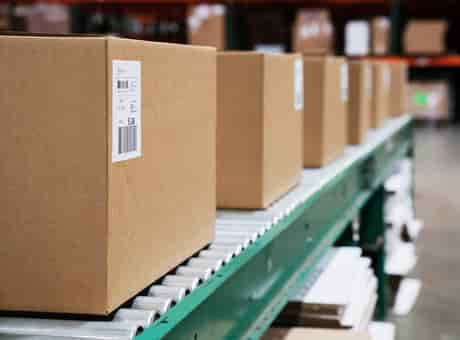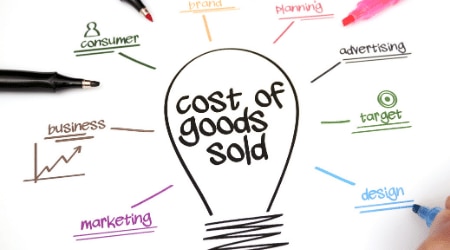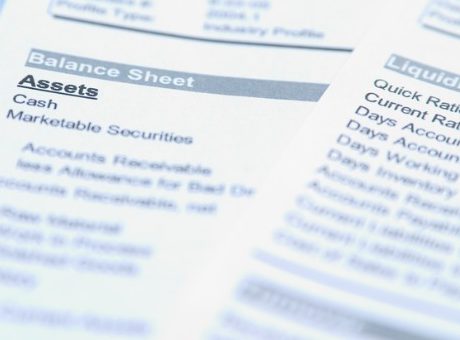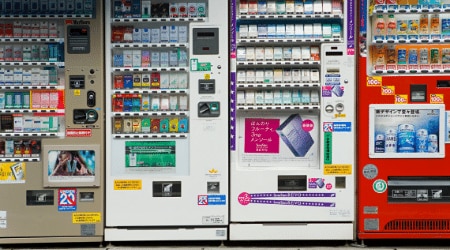Raw materials inventory is an essential resource for your business. You carry a raw materials inventory to meet demand, cover lead time and price increase, and take benefit of quantity discounts. However, it can prove to be one of the most expensive assets of your business if managed poorly.
Carrying raw materials inventory for longer periods of time can eat away your business profits. This is because the carrying costs like obsolescence, damage, storage, etc. can range between 15% to 40% of your cost of inventory.
Therefore, manufacturers practice lean raw materials inventory. This is done to reduce their waiting time resulting from bottlenecks in production and transportation of such inventory items.
The primary purpose of lean manufacturing is to eliminate waste. Further, there are seven kinds of wastes that any company should get rid of. And the Raw Materials Inventory is one of them.
This is because such inventory sits as a waste if it does not move through the production process. Therefore, you need to manage your raw material inventory. And it should be done in a way that increases your production efficiency and delivers quality goods at a low cost.
















